Are you fascinated by religious architecture and history? Here are the must-see religious buildings in Saxony:
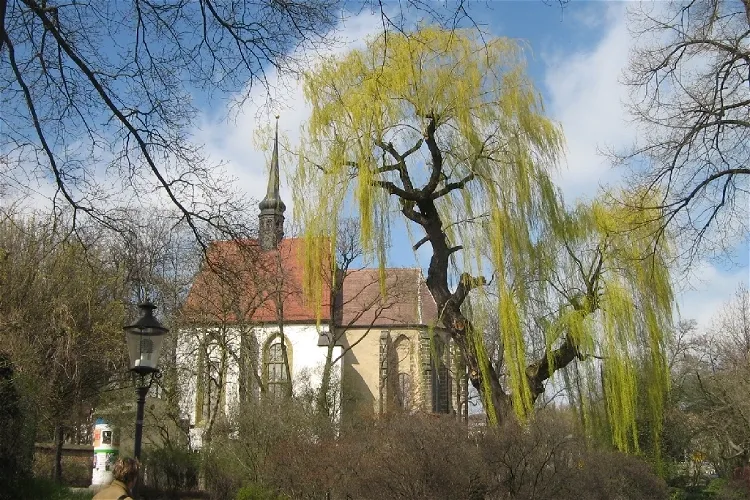
Museum Church of the Holy Cross
ZittauThe Church of the Holy Cross in Zittau, located in Saxony, is a secularized Gothic church. It is known for being the largest single-support room in Germany. The church now serves as a museum, where the Great Zittau Lenten Veil is exhibited. This historical artifact is a significant part of the museum's collection and is a major attraction for visitors.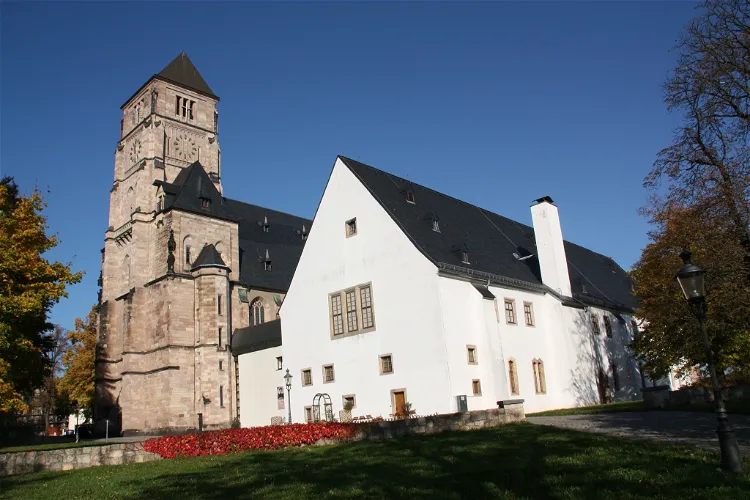
Schloßbergmuseum Chemnitz
ChemnitzThe Schloßbergmuseum is the city history museum of Chemnitz. It is situated in the Schloßchemnitz district on the grounds of an old Benedictine monastery. This location adds a historical charm to the museum, making it a unique place to learn about the city's history.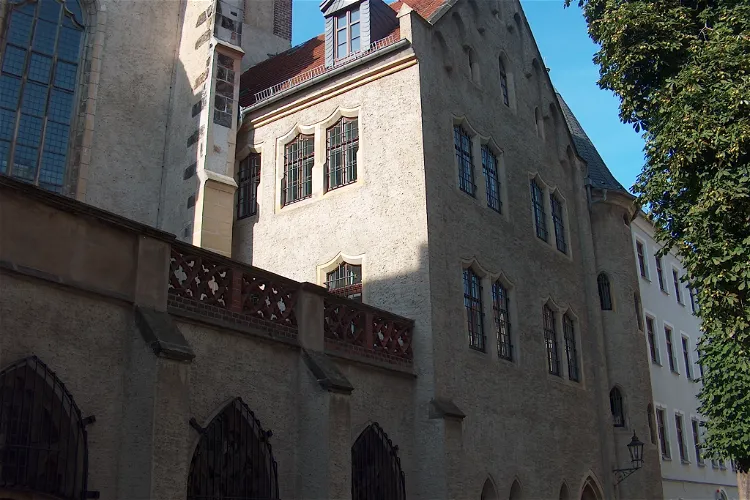
city museum meissen
MeissenThe City Museum Meissen is housed in the Neo-Gothic House, the cloister, and the former Church of St. Peter and Paul of the Franciscan Monastery at Heinrichsplatz in the old town of Meissen. These historic buildings not only provide a unique setting for the museum but also add to the overall experience of exploring the rich history and culture of Meissen.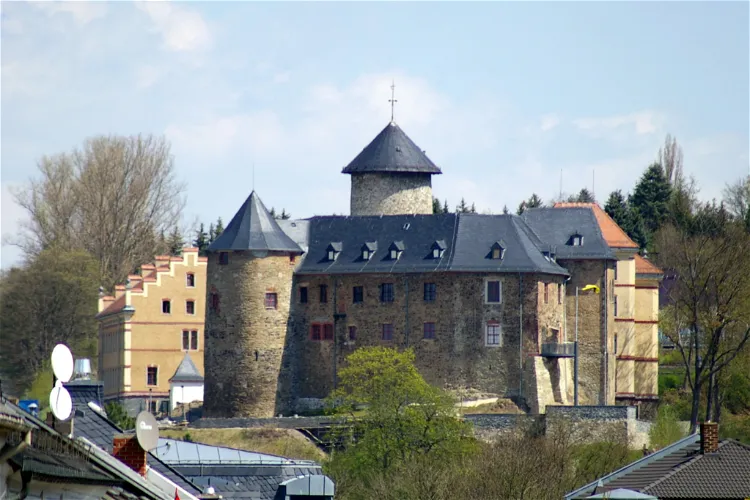
Schloß Voigtsberg
OelsnitzThe Voigtsberg Castle, which was later renamed Schloss Voigtsberg, is a typical high medieval castle. It was significantly damaged during the Thirty Years' War and was subsequently rebuilt into a castle. This transformation has given the structure a unique blend of architectural styles, making it a fascinating site for history and architecture enthusiasts.
Frankenhausen Abbey
CrimmitschauThe Abbey of Frankenhausen is a historical site located in Frankenhausen, a district of Crimmitschau, Germany. This former Cistercian abbey holds a significant place in the history of the region. It was given to the Cistercian nuns in 1278 and was fully moved to this location by 1292. The abbey was rebuilt after a fire in 1410 and was secularized following the Protestant Reformation in 1529. It was finally evacuated in 1543.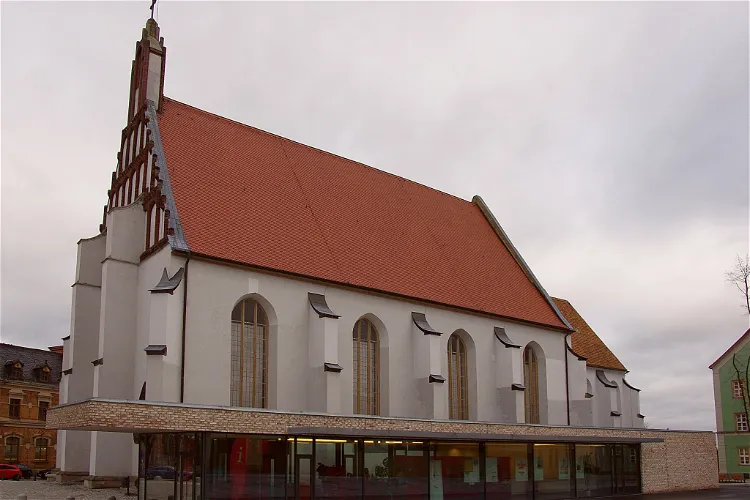
Klosterkirche und Sakralmuseum St. Annen
KamenzSince August 2011, the Klosterkirche St. Annen has been serving multiple purposes. It is not only a place for ecclesiastical activities and concerts but also houses the Klosterkirche und Sakralmuseum St. Annen. This museum showcases sacred works of art from the Kamenz churches, offering visitors a chance to appreciate the religious artistry of the region.
Domschatzkammer Bautzen
BautzenThe Domstift, or Tachantstwo in Upper Sorbian, is a significant historical site in Bautzen, Saxony. This horseshoe-shaped baroque building complex, which served as the bishop's office and residence of the Diocese of Meissen until 1980, is now used as an archive, library, and treasury of St. Peter's Cathedral in Bautzen. Visitors can explore the rich history of the region and the church through the various functions of the building.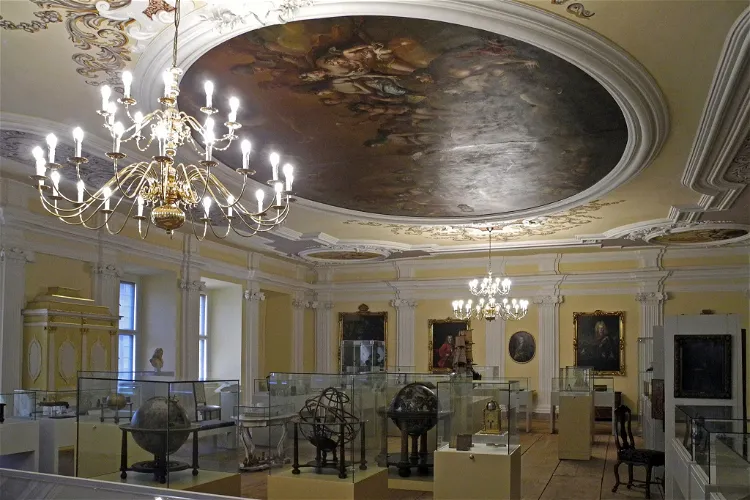
Kulturhistorisches Museum Franziskanerkloster
ZittauThe Kulturhistorisches Museum was founded in 1854, making it the oldest city museum in Saxony. This long history is reflected in the museum's extensive collection, which includes a wide range of historical artifacts and works of art. The museum's history can be traced back to 1709 when the Zittau City Library was expanded with a new, publicly accessible reading room, the so-called Baroque Hall, which is still used for museum purposes today.